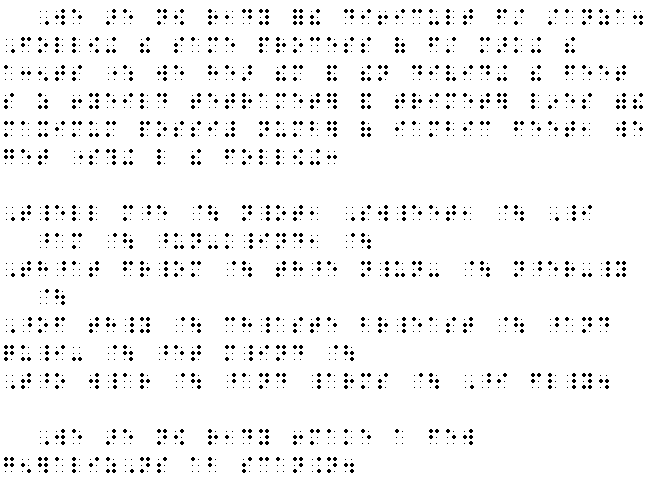

Example 1.1 shows how poetic feet can vary, and how these variations affect the rhythm of. It is therefore completely wrong (though some people do it anyway) to talk about 'iambs' in Icelandic and about 'iambic' verse, i.e., lines arranged like this: ⏑ / ┃ ⏑ / ┃ ⏑ / etc. It is astonishing to see linguists adopt this childish scansion. Nothing could demonstrate more clearly the truth of Jón Helgason's assertion that even so small a matter as "whether a language has its definite article preceding the noun (as in English and German) or suffixed to it (as in the Scandinavian languages) can be of crucial importance for the rhythm of the language, and thus for its poetry" ( Rr4).ĥ5 But do not fail to note that the rhythmic contours of lexical items taken in isolation may be a very misleading criterion, since it would be difficult to show that connected speech in Icelandic (or English, for that matter) is either "trochaic" or "iambic."ĥ6 Finnur Jónsson states this with his usual force: "It is a characteristic of the Icelandic language that words are fore-stressed (with stress on the first syllable 'trochaic'): / ⏑ etc. This analytical procedure is often followed in Iceland even with lines that a prosodist of English verse would regard as intractably iambic and would never dream of scanning in the following manner: If the initial stressed syllable in a line is preceded by an unstressed syllable (as in the third line of Examples 24 and 39), this syllable is analyzed as extra-metrical, an anacrusis ( forliður), 58 set off from the rest of the line by the symbol. (3) a stressed syllable with two following unstressed syllables ( þríliður), i.e., a dactyl). (2) a stressed syllable and a following unstressed syllable ( hnígandi or réttur tvíliður ), i.e., a trochee this is by far the commonest type of foot in modern Icelandic verse and (1) a stressed syllable standing by itself ( einliður or stúfur), as in the last feet of the odd lines in Examples 38 and 39 56 The metrical units or "feet" ( bragliðir or kveður) that constitute these lines are then analyzed as being of three kinds: The traditional prosodic analysis of modern Icelandic verse starts from the theoretical assumption that all lines begin with a stressed syllable ( áhersluatkvæði). The traditional Icelandic prosodist sees things this way (the symbol ┃ indicates divisions between metrical feet): It is based on the assumption that the language - and much of the verse written in it - exhibits a falling rhythm. The system of scansion used in analyzing modern Icelandic stanzaic verse is an artificial one, like all systems of scansion. Patricia Beers poem The Conjuror might be taken as an example. 54 Icelandic is not an "iambic" language: it contains almost no disyllabic words that have their main stress on the second syllable. Scansion is the process of marking the stresses in a poem, and working out the metre. Peter Marks, Washington Post, 29 July 2022 And this is not to touch upon the scansion forms were, for Valry, crucial and complex. This may well reflect fundamental differences in speech rhythm between the two languages. If we scan (the verb of scansion) the line, we see that: There are three strong beats That means that there are. Examples of scansion in a Sentence Recent Examples on the Web Clarity for lyricists has to refer not just to scansion and word choice, but also how their songs are communicated. In each line, the pauses between metrical feet have been indicated with a /, and the stressed beats are in bold.

The following lines start the final stanza of the poem.
#Scansion example series
The rhythm of English traditional poetry since the time of Chaucer tends to be iambic, i.e., based upon a series of rising pitch-stress patterns ( ⏑ / ⏑ / etc.), whereas the rhythm ( hrynjandi) of much modern Icelandic poetry exhibits a trochaic or falling pattern ( / ⏑ / ⏑ etc.). Example: Now is/ the win/ter of/ our dis/content/ But when/ the blast/ of war/ blows. Examples of Scansion Annabel Lee by Edgar Allan Poe Consider these lines from Poe’s famous poem, ‘Annabel Lee.’ In this piece, he uses a combination of iambs and anapests. The Scansion of Lines of Modern Icelandic Stanzaic Verse Formal Features of Jónas Hallgrímsson's PoetryĪnd the Present Verse Translations Appendix A


 0 kommentar(er)
0 kommentar(er)
